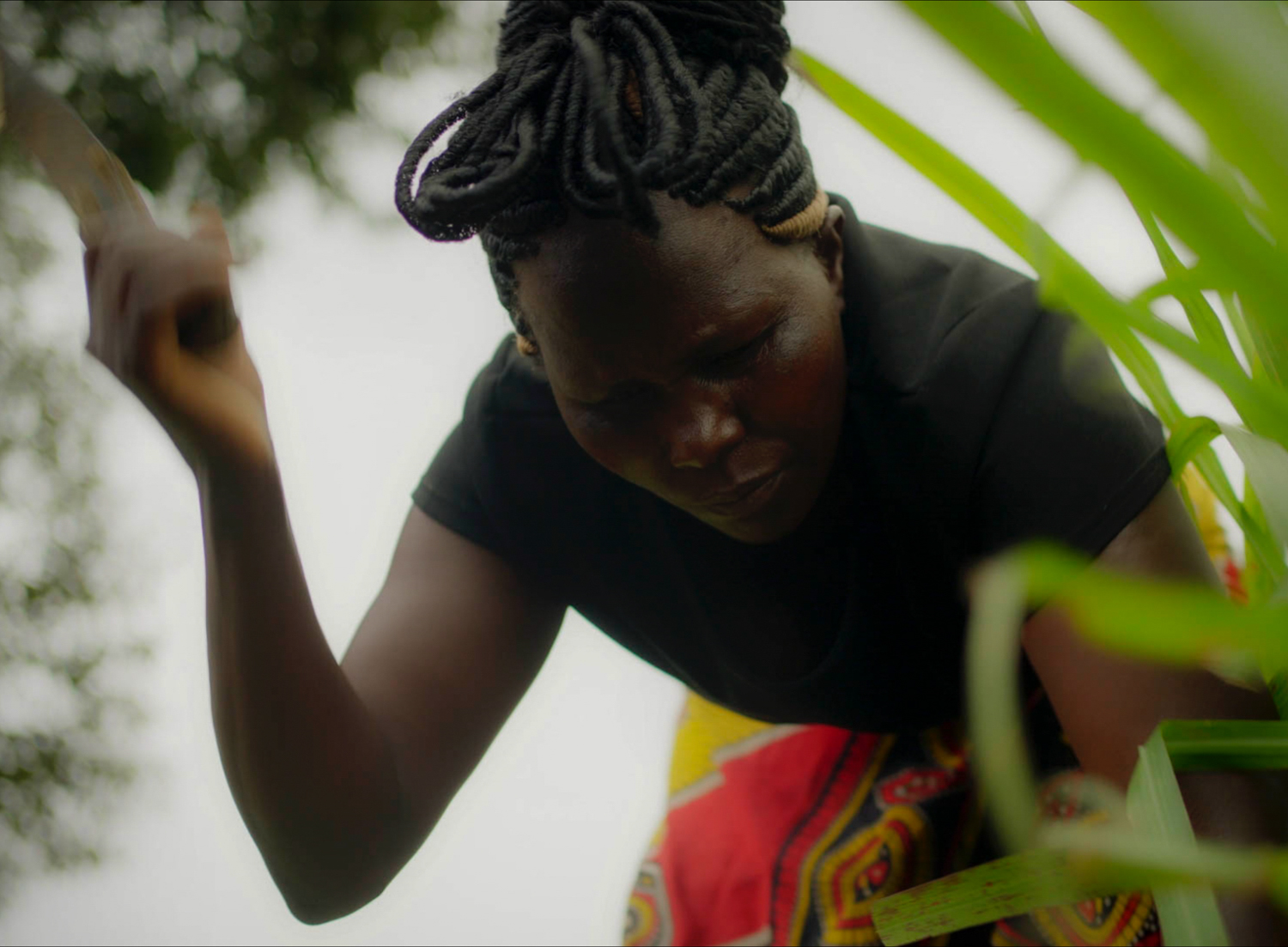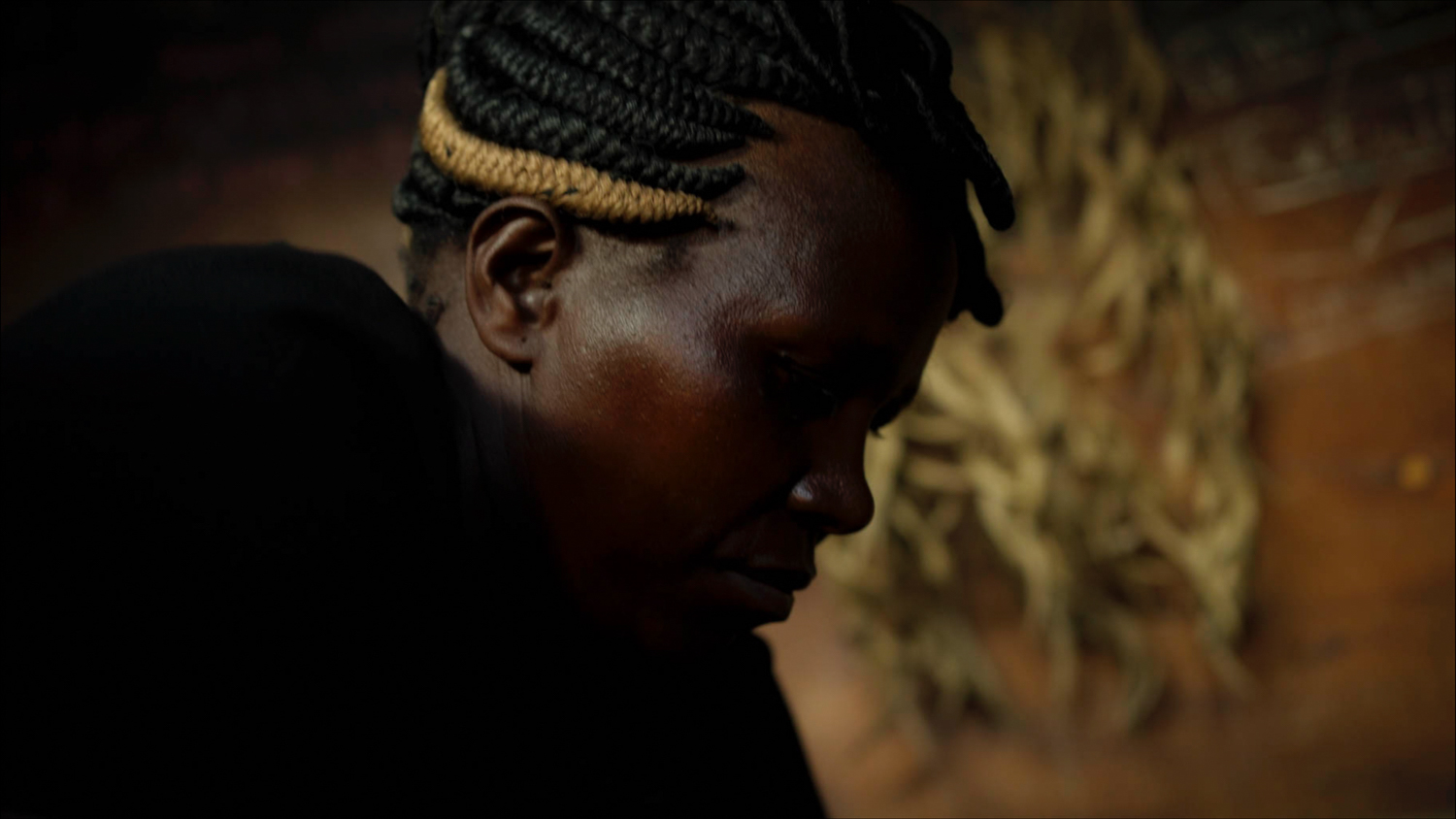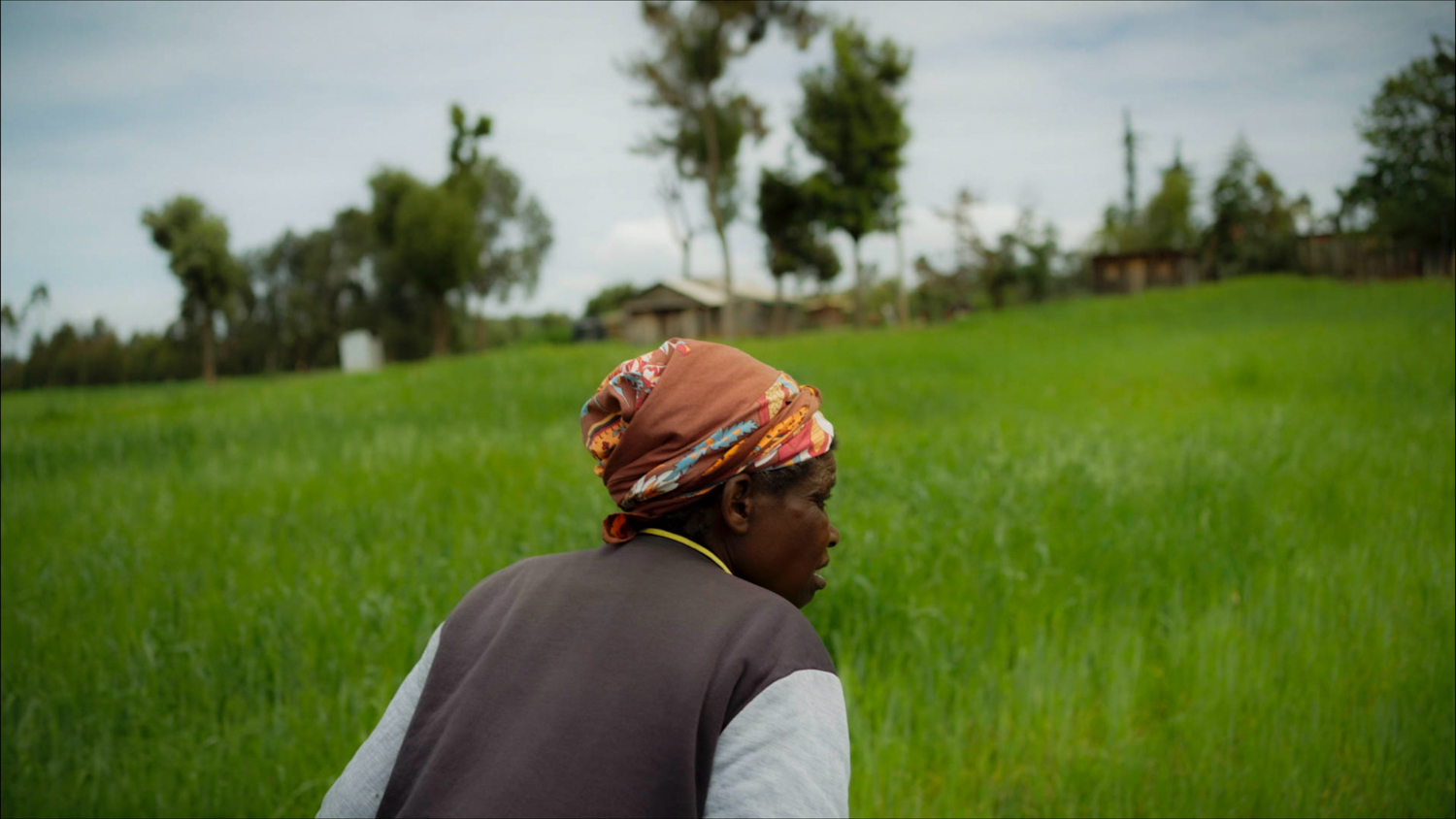"The plants reduce my stress. When I get stressed in the house, I go to the field, and the stress is gone away. Because they are lively. They are so lively, and I enjoy that”
Harvest would normally be less than a month away at this time, but the beans in Purity’s field have just begun sprouting. She has planted them late, because about half of her fields were flooded in the heavy rainfalls during the last few months. The potatoes are still alive, but they are yet so small that they fall between the fingers.
The recorded rainfall in central Kenya during the last rain season has been one of the highest over the past 40 years.
Purity and her friend Beatrice are both managers and workers in their husbands farms, and therefore they are the first persons in the families to notice the changes in the climate. And since they are the primary responsibles for the households and their children as well, they will be the ones who have to make the hard decisions which are probably coming.
Harvest will probably be bad across the region, which means that markets will be pressured and prices will rise. So Purity and Beatrice still have a chance to secure their income for the next half year. If they don't, on the other hand, the high prices will make it very hard for them to afford basic necessities for themselves and their kids.
Adapting to climate change is crucial to survival for Beatrice, Purity and Paulina. The land they cultivate is not only their direct source of food and income; They land facilitates their in lives.



 Enter
Enter




